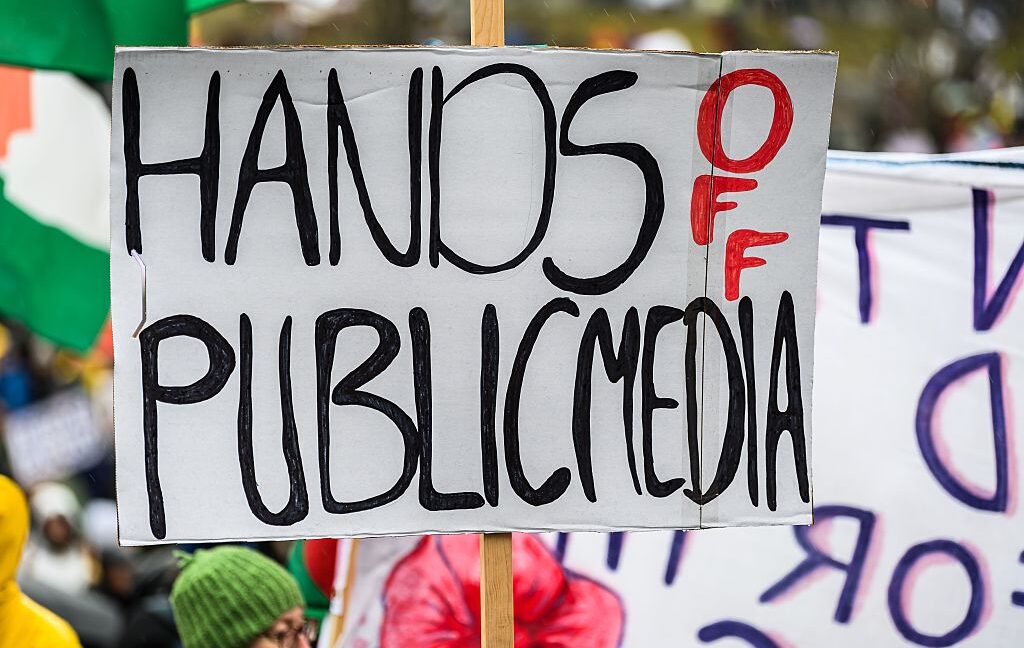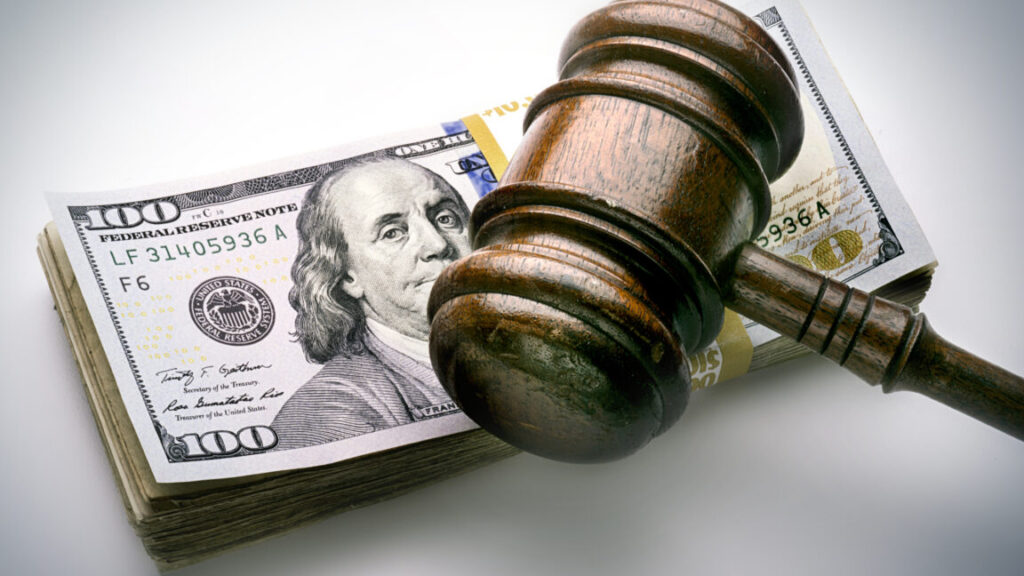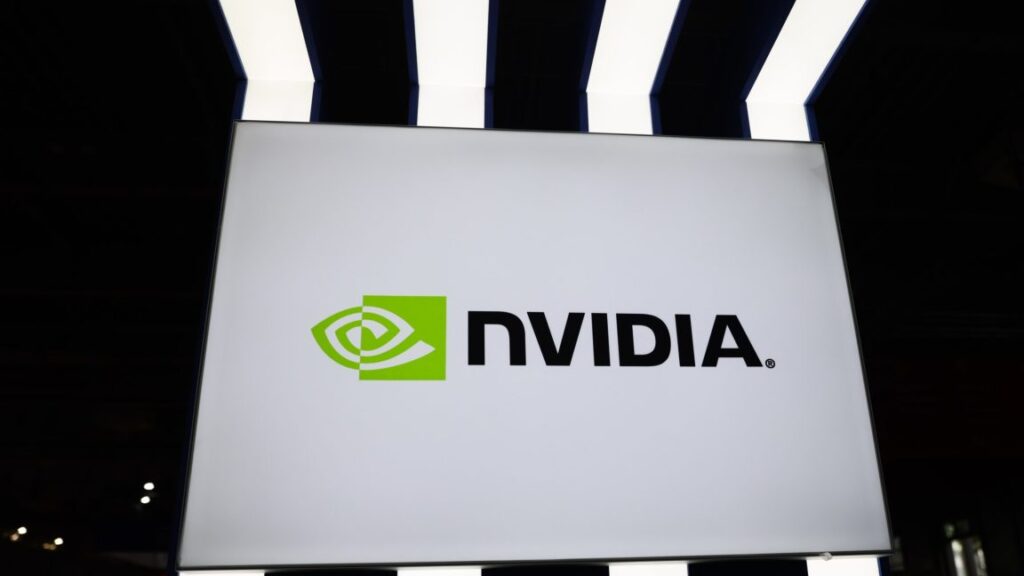Analysis: The Trump administration’s assault on climate action
Official actions don’t challenge science, while unofficial docs muddy the waters.
Last week, the Environmental Protection Agency made lots of headlines by rejecting the document that establishes its ability to regulate the greenhouse gases that are warming our climate. While the legal assault on regulations grabbed most of the attention, it was paired with two other actions that targeted other aspects of climate change: the science underlying our current understanding of the dramatic warming the Earth is experiencing, and the renewable energy that represents our best chance of limiting this warming.
Collectively, these actions illuminate the administration’s strategy for dealing with a problem that it would prefer to believe doesn’t exist, despite our extensive documentation of its reality. They also show how the administration is tailoring its approach to different audiences, including the audience of one who is demanding inaction.
When in doubt, make something up
The simplest thing to understand is an action by the Department of the Interior, which handles permitting for energy projects on federal land—including wind and solar, both onshore and off. That has placed the Interior in an awkward position. Wind and solar are now generally the cheapest ways to generate electricity and are currently in the process of a spectacular boom, with solar now accounting for over 80 percent of the newly installed capacity in the US.
Yet, when Trump issued an executive order declaring an energy emergency, wind and solar were notably excluded as potential solutions. Language from Trump and other administration officials has also made it clear that renewable energy is viewed as an impediment to the administration’s pro-fossil fuel agenda.
But shutting down federal permitting for renewable energy with little more than “we don’t like it” as justification could run afoul of rules that forbid government decisions from being “arbitrary and capricious.” This may explain why the government gave up on its attempts to block the ongoing construction of an offshore wind farm in New York waters.
On Friday, the Interior announced that it had settled on a less arbitrary justification for blocking renewable energy on public land: energy density. Given a metric of land use per megawatt, wind and solar are less efficient than nuclear plants we can’t manage to build on time or budget, and therefore “environmentally damaging” and an inefficient use of federal land, according to the new logic. “The Department will now consider proposed energy project’s capacity density when assessing the project’s potential energy benefits to the nation and impacts to the environment and wildlife,” Interior declared.
This is only marginally more reasonable than Interior Secretary Doug Burgum’s apparent inability to recognize that solar power can be stored in batteries. But it has three features that will be recurring themes. There’s at least a token attempt to provide a justification that might survive the inevitable lawsuits, while at the same time providing fodder for the culture war that many in the administration demand. And it avoids directly attacking the science that initially motivated the push toward renewables.
Energy vs. the climate
That’s not to say that climate change isn’t in for attack. It’s just that the attacks are being strategically separated from the decisions that might produce a lawsuit. Last week, the burden of taking on extremely well-understood and supported science fell to the Department of Energy, which released a report on climate “science” to coincide with the EPA’s decision to give up on attempts to regulate greenhouse gases.
For those who have followed public debates over climate change, looking at the author list—John Christy, Judith Curry, Steven Koonin, Ross McKitrick, and Roy Spencer—will give you a very clear picture of what to expect. Spencer is a creationist, raising questions about his ability to evaluate any science free from his personal biases. (He has also said, “My job has helped save our economy from the economic ravages of out-of-control environmental extremism,” so it’s not just biology where he’s got these issues.) McKitrick is an economist who engaged in a multi-year attempt to raise doubt about the prominent “hockey stick” reconstruction of past climates, even as scientists were replicating the results. Etc.
The report is a master class in arbitrary and capricious decision-making applied to science. Sometimes the authors rely on the peer-reviewed literature. Other times they perform their own analysis for this document, in some cases coming up with almost comically random metrics for data. (Example: “We examine occurrences of 5-day deluges as follows. Taking the Pacific coast as an example, a 130-year span contains 26 5-year intervals. At each location we computed the 5-day precipitation totals throughout the year and selected the 26 highest values across the sample.” Why five days? Five-year intervals? Who knows.)
This is especially striking in a few cases where the authors choose references that were published a few years ago, and thus neatly avoid the dramatic temperature records that have been set over the past couple of years. Similarly, they sometimes use regional measures and sometimes use global ones. They demand long-term data in some contexts, while getting excited about two years of coral growth in the Great Barrier Reef. The authors highlight the fact that US tide gauges don’t show any indication of an acceleration in the rate of sea level rise while ignoring the fact that global satellite measures clearly do.
That’s not to say that there aren’t other problems. There’s some blatant misinformation, like claims that urbanization could be distorting the warming, which has already been tested extensively. (Notably, warming is most intense in the sparsely populated Arctic.) There’s also some creative use of language, like referring to the ocean acidification caused by CO2 as “neutralizing ocean alkalinity.”
But the biggest bit of misinformation comes in the introduction, where the secretary of energy, Chris Wright, said of the authors, “I chose them for their rigor, honesty, and willingness to elevate the debate.” There is no reason to choose this group of marginal contrarians except the knowledge that they’d produce a report like this, thus providing a justification for those in the administration who want to believe it’s all a scam.
No science needed
The critical feature of the Department of Energy report is that it contains no policy actions; it’s purely about trying to undercut well-understood climate science. This means the questionable analyses in the report shouldn’t ever end up being tested in court.
That’s in contrast to the decision to withdraw the EPA’s endangerment finding regarding greenhouse gases. There’s quite an extensive history to the endangerment finding, but briefly, it’s the product of a Supreme Court decision (Massachusetts v. EPA), which compelled the EPA to evaluate whether greenhouse gases posed a threat to the US population as defined in the Clean Air Act. Both the Bush and Obama EPAs did so, thus enabling the regulation of greenhouse gases, including carbon dioxide.
Despite the claims in the Department of Energy report, there is comprehensive evidence that greenhouse gases are causing problems in the US, ranging from extreme weather to sea level rise. So while the EPA mentions the Department of Energy’s work a number of times, the actual action being taken skips over the science and focuses on legal issues. In doing so, it creates a false history where the endangerment finding had no legal foundation.
To re-recap, the Supreme Court determined that this evaluation was required by the Clean Air Act. George W. Bush’s administration performed the analysis and reached the exact same conclusion as the Obama administration (though the former chose to ignore those conclusions). Yet Trump’s EPA is calling the endangerment finding “an unprecedented move” by the Obama administration that involved “mental leaps” and “ignored Congress’ clear intent.” And the EPA presents the findings as strategic, “the only way the Obama-Biden Administration could access EPA’s authority to regulate,” rather than compelled by scientific evidence.
Fundamentally, it’s an ahistorical presentation; the EPA is counting on nobody remembering what actually happened.
The announcement doesn’t get much better when it comes to the future. The only immediate change will be an end to any attempts to regulate carbon emissions from motor vehicles, since regulations for power plants had been on hold due to court challenges. Yet somehow, the EPA’s statement claims that this absence of regulation imposed costs on people. “The Endangerment Finding has also played a significant role in EPA’s justification of regulations of other sources beyond cars and trucks, resulting in additional costly burdens on American families and businesses,” it said.
We’re still endangered
Overall, the announcements made last week provide a clear picture of how the administration intends to avoid addressing climate change and cripple the responses started by previous administrations. Outside of the policy arena, it will question the science and use partisan misinformation to rally its supporters for the fight. But it recognizes that these approaches aren’t flying when it comes to the courts.
So it will separately pursue a legal approach that seeks to undercut the ability of anyone, including private businesses, to address climate change, crafting “reasons” for its decisions in a way that might survive legal challenge—because these actions are almost certain to be challenged in court. And that may be the ultimate goal. The current court has shown a near-complete disinterest in respecting precedent and has issued a string of decisions that severely limit the EPA. It’s quite possible that the court will simply throw out the prior decision that compelled the government to issue an endangerment finding in the first place.
If that’s left in place, then any ensuing administrations can simply issue a new endangerment finding. If anything, the effects of climate change on the US population have become more obvious, and the scientific understanding of human-driven warming has solidified since the Bush administration first acknowledged them.
John is Ars Technica’s science editor. He has a Bachelor of Arts in Biochemistry from Columbia University, and a Ph.D. in Molecular and Cell Biology from the University of California, Berkeley. When physically separated from his keyboard, he tends to seek out a bicycle, or a scenic location for communing with his hiking boots.
Analysis: The Trump administration’s assault on climate action Read More »














